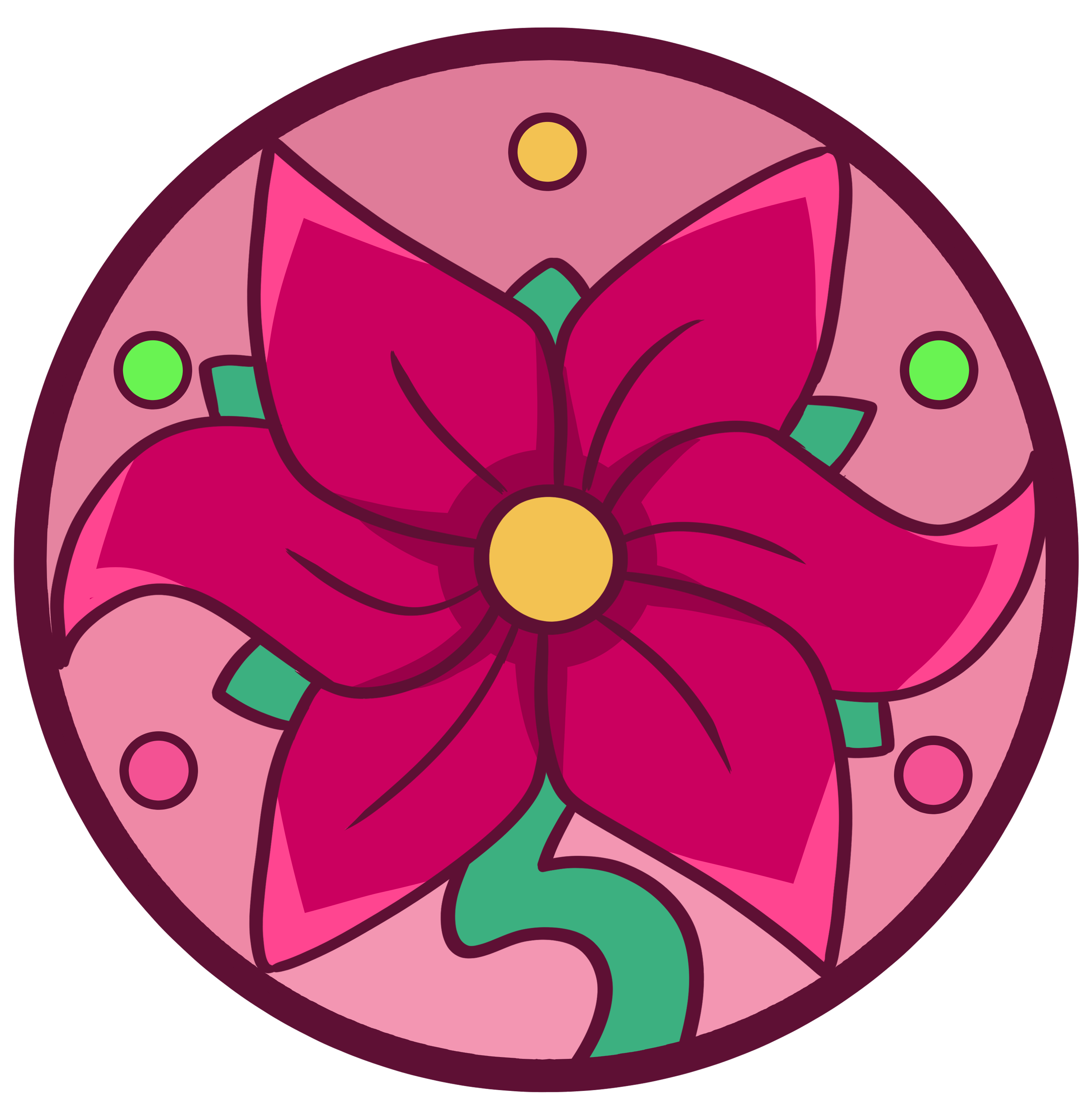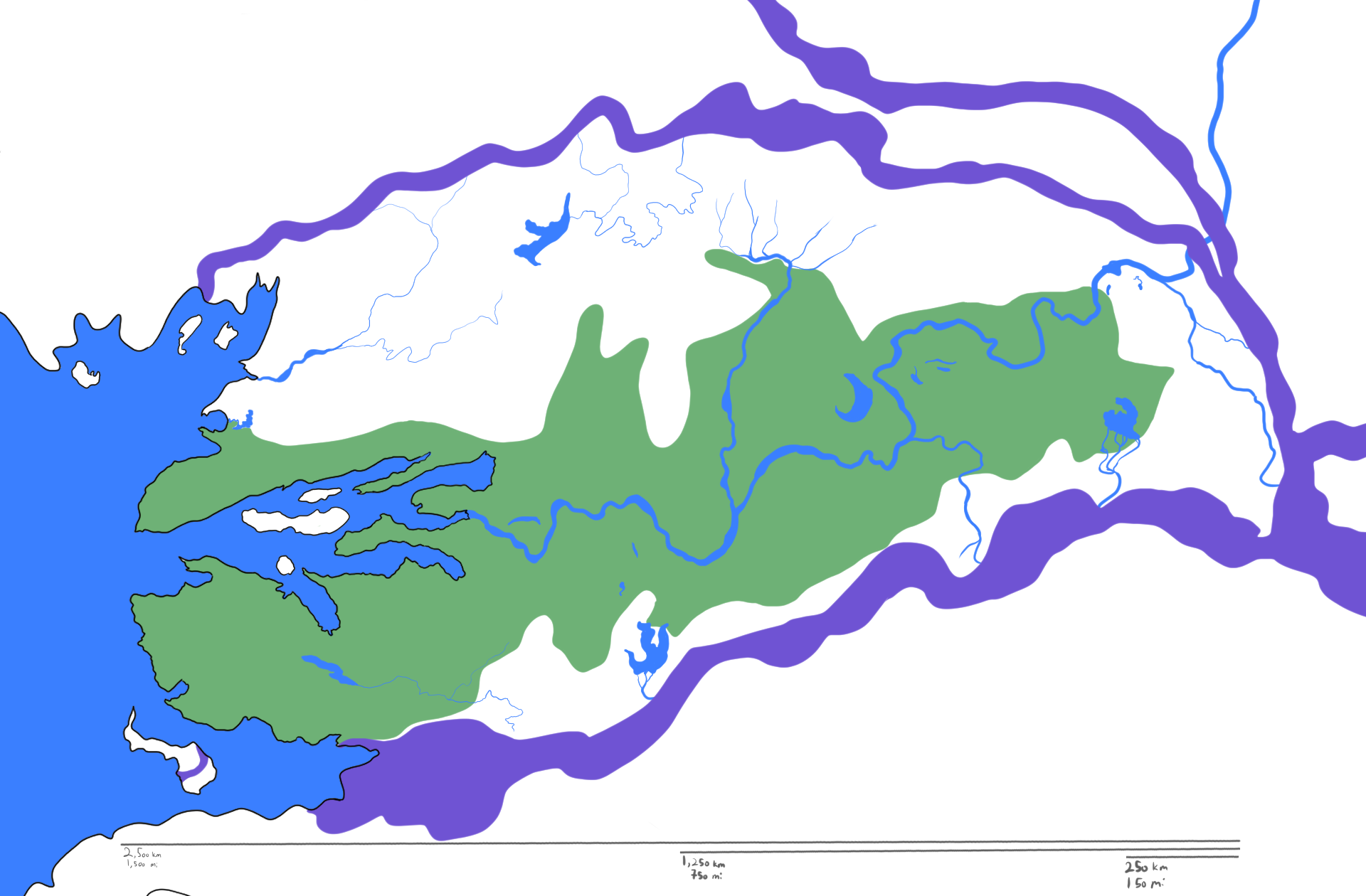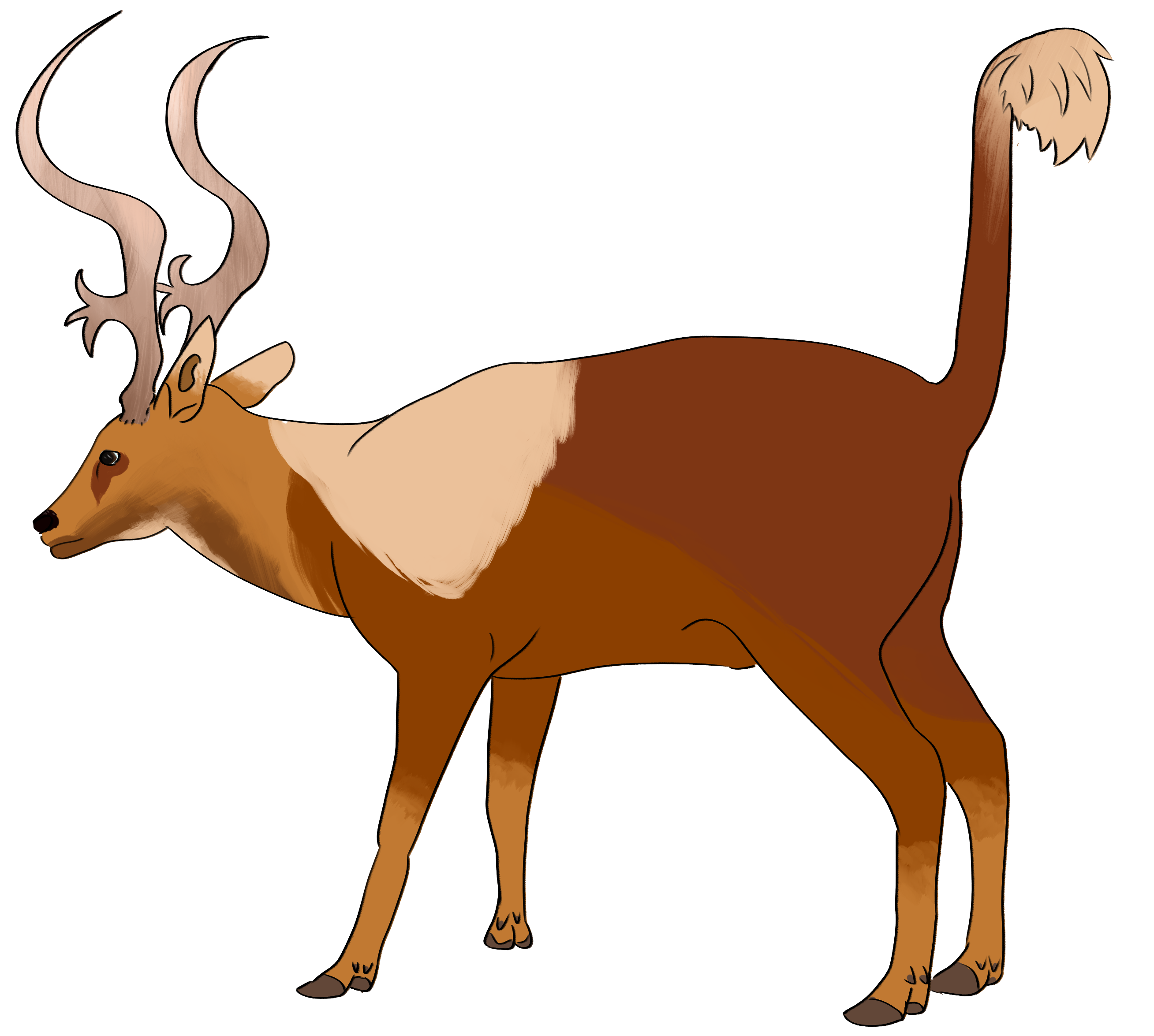
Navigation
Outside Links
Florish Deer
Florish deer are an endemic species to Optera, created by The Beetle God of Community as an everlasting food source.
| Florish Deer | |
|---|---|
| |
| A florish deer showing off it's long tail. | |
| Biology | |
| Size | 90cm/3ft at shoulder |
| Diet | Grasses, shrubs, walnuts |
| Range | Crown Slopes in southern Optera |
► Basics
Biology
The Florish Deer is one of the endemic deer species native to Optera. It is a reddish deer of medium height. It's tail is about 2 feet long and has a lighter tip that it uses to signal danger to it's herd. Males' antlers are shed and regrown annually, and grow into a single long curve, with a trio of spikes forming an eye guard. Females also have antlers, however these are smaller and end with the eye guard spikes.
They prefer open forests, where they form herds of 10-25 members. Most herds are comprised of 1-3 males and the rest females and fawns. They are a playful species and will engage in chasing, play-fighting, and leaping their entire lives.
Florish deer are considered to be the most perfect of prey animals by those who live in Optera. They are plentiful, thrive near human settlements (due mainly to slash and burn agriculture and keeping nearby forests neat) and have a carefree nature. Their bold and blocky coats also resemble the national dress of Optera.
Their meat is a flavorful staple, while their antlers, bones, and hides are used for clothing, furniture, etc. Florish deer and flax broom make up most of the clothing worn by Opterans.
Range

All florish deer live within the Crown Slopes, shown in green.
History
The Beetle God of Community is said to have created florish deer as a gift to his first subjects, so that they would never go without food. Their population collapsed during the Great Famine, but quickly recovered into the modern era.
